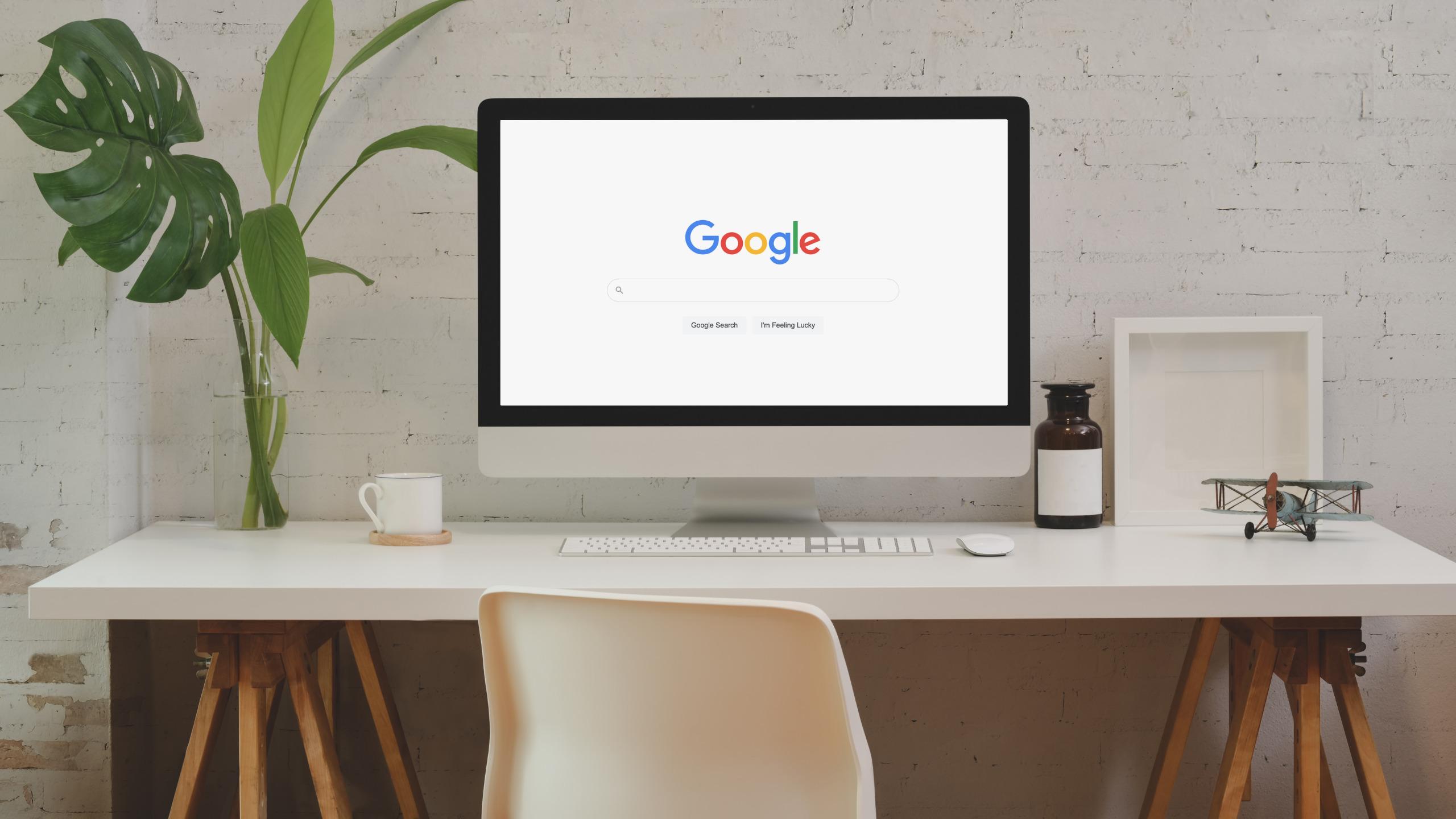How To Boost Your Content Marketing Strategy With Clickable Headlines
If you want to rank well online for relevant and actionable terms, you need a content marketing strategy. It’s really that simple. Sure, you can pick up some reasonable rankings for your website through great customer service and savvy networking, but you won’t be able to compete with businesses that are consistently releasing interesting and valuable content.
Those modifiers (interesting and valuable) are vital since a lot of online content is somewhere between mediocre and terrible. This is because content marketing is actually quite difficult. You need to offer something that’s capable of ranking for significant terms, sufficiently interesting to draw those searchers in, and effective at driving whatever action you want the readers to take (e.g. signing up to your newsletter, or buying one of your products).
Let’s say you’re already doing a good job of filling your content with value and making it worthy of ranking for your target terms, but you’re not getting the kind of clickthrough rate you want. Perhaps the problem is that your headlines aren’t clickable enough. If they don’t stand out and draw people in, your great content will go to waste — so here are some tips for improving them:
Stick to familiar formats that reliably work
How many articles using this listicle format have you clicked on? Whether it’s “4 Types of Cheesecake You Have to Try” or “7 Cheap Ways to Improve Your Mood”, this kind of headline almost always works well. It signposts content that’s straightforward and digestible. And then there’s the classic who/what/when/where/why (plus how, most commonly) framework that sets up and answers simple questions (this post is certainly no exception).
One of the most common mistakes when it comes to writing headlines is thinking that they need to be highly creative. You don’t actually get points for creativity, and if you manage to stand out with something new, you might just inspire the thought of “oh, that’s novel” without getting a click. So don’t waste time trying to reinvent the wheel. Keep your headlines simple by sticking to the structures you typically see get results.
Learn what your target readers want
Not every reader is looking for the same type of content, so it’s entirely possible to create a headline that’s very clickable for most but not for your target readers. This is why you need to carry out some research into them. Are they looking for an in-depth analysis, or simply eager to follow trends? Fit your average reader into a psychological category and tweak it accordingly.
For instance, consider the difference between “Why [Product X] is the best [Product Type] on the market in 2019” and “Why [Product X] is so on-trend in 2019” — each one caters to a different type of reader, with the first aiming for the careful investigators and the second aiming for those who mainly want to fit in with the zeitgeist.
Never promise something you don’t deliver
You need to be familiar with the concept of message match. Here are the basics: the online journey to conversion (whatever conversion means for you — usually a product purchase) can be long and complex, consisting of numerous steps. At various points along the way, you’ll use some kind of promise to push the target to move along to the next step. For instance, you might say that the reader will get 10% off their first order if they buy that day.
If you make some kind of promise then fail to deliver it, that means there’s a lack of message match — you’re saying one thing one minute, then saying another the next. This drives people away incredibly quickly. They assume you can never be believed, and leave having formed powerfully negative impressions of you. The takeaway, then, is straightforward: whenever you set something up in one of your headlines, you must pay it off in the content.
Pay close attention to your analytics
Even with certain structures to rely on, you often won’t know if a particular headline is going to perform well. Tastes change, certain types of content get more saturated than others, and people can get weary of specific constructions. There’s also the matter of how the content actually performs after the clicks because that’s ultimately crucial.
If one particular type of article gets 20% more clicks than another but converts 30% less frequently, that’s a net negative. This is why you need to follow your analytics very closely to discover exactly how your headline types are performing. Run extensive A/B tests to figure out which of two varieties is going to return more value, and shape your strategy accordingly.
As noted, it doesn’t matter how good you make your content if no one is actually reading it, and that heaps importance on your headlines. Imagine the prospective reader scrolling through a long list of posts and looking for something with a really solid and relevant hook. How can you catch their eye with a familiar format and a valuable premise? Follow these tips and you should be able to make some decent progress.











